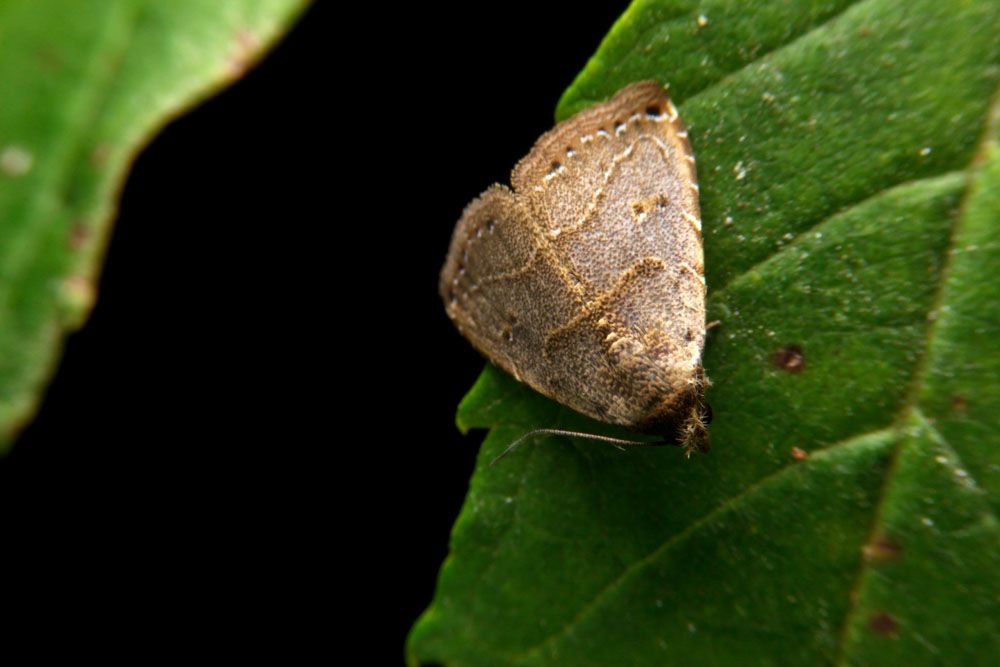
Orange tortrix – Argyrotaenia citrana
Orange tortrix – Argyrotaenia citrana
Scientific name: Argyrotaenia citrana
Common name: Orange tortrix, apple skinworm
Appearance: Orange totrix are brownish, bell-shaped moths with a total wingspan of 16 mm. They grow up to 10 mm long and have a characteristic “V-shaped” brown area on the folded wings. Adult male moths are generally smaller than females, with a narrow abdomen and dark markings on their wings. It also has a pale creamy-green larvae, approximately 12 mm long.
Host plants or food: Orange tortrix feeds on various plants, but they are generally considered a pest of grape plants. Other host plants include apples, blackberries, apricots, avocados, malus, and rubus.
Territory: Throughout North America
Mode of damage: Orange tortrix larvae are leaf chewers and damage the foliage, vine tissue, weeds, buds, and occasionally fruits. They sometimes roll the leaves, forming a protective webbed case.
Habits and life history
- Orange tortrix goes through all four life stages: egg, larva, pupa, and adult.
- Adult female moths lay 50 to 150 eggs in an overlapping manner, resembling fish scales.
- The eggs hatch into larvae, which feed on foliage, vine tissue, and buds. They also web the leaves with a silk thread, forming a protective case in which they overwinter.
- When disturbed, the larvae drop to the ground and pupate, finally emerging as adult moths.
- They produce 3 to 4 generations per year.
